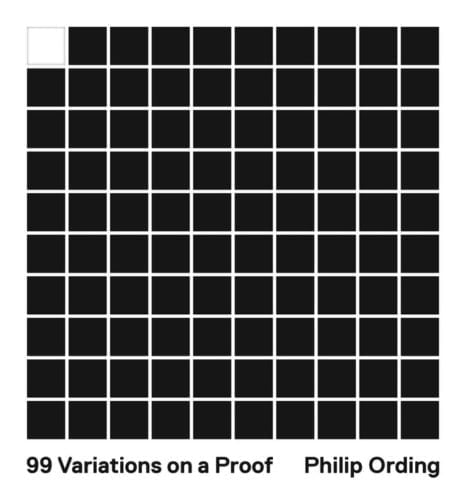“Many people are familiar with modernist aesthetics in product design, art, and architecture. We may see remnants of an era of great technological advancement in the soaring glass buildings and minimalist canvases, which confirmed people’s ability to significantly alter their surroundings and break free from traditional norms. The modernism in graphic design that has been distilled is less well-known but no less fascinating.
Jens Müller’s ground-breaking TASCHEN volume examines how modernist ideas and demands gave rise to corporate identity by bringing together about 6,000 trademarks from the 1940s through the 1980s. The comprehensive examination is divided into three design-focused chapters: Geometric, Effect, and Typographic. It includes information on media companies, retail behemoths, airlines, and art galleries. Then, each chapter is broken into sections that are guided by form and style, such as alphabet, overlay, dots, and squares.
The book also includes an essay by R. Roger Remington on modernism and graphic design, an introduction by Jens Müller on the history of logos, and the extensive catalog. A detailed look at the lives and careers of notable individuals like Paul Rand, Yusaku Kamekura, and Anton Stankowski, as well as important projects like Fiat, The Daiei Inc., and the 1968 Mexico Olympic Games, are all included in the book’s eight designer profiles and eight instructive case studies. Logo Modernism is an unmatched resource for graphic designers, advertisers, and branding experts. It is also a fascinating read for anybody with an interest in social, cultural, and business history as well as the undeniable persuasive power of form and image.”
















